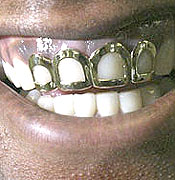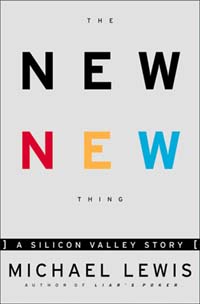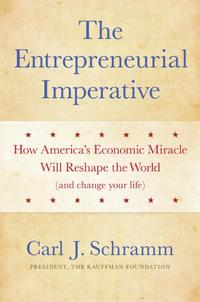There’s a great passage in The New, New Thing about Jim Clark trying to convince Silicon Graphics to produce a PC. Clark talks about how hard it is for a company to create a product that competes with itself.
Shades of Clayton Christensen:
Clark thought that Silicon Graphics had to "cannibalize" itself. For a technology company to succeed, he argued, it needed always to be looking to destroy itself. If it didn’t, someone else would. "It’s the hardest thing in business to do," he would say. "Even creating a lower-cost product runs against the grain, because the low-cost products undercut the high-cost, more profitable products." Everyone in a successful company, from the CEO on down, has a stake in whatever the company is currently selling. It does not naturally occur to anyone to find a way to undermine that creative destruction, and he was prepared to do the deed. He wanted Silicon Graphics to operate in the same self-corrosive spirit. (p. 66 of hb edition)
The reference to The New, New Thing is:
Lewis, Michael. The New New Thing: A Silicon Valley Story. New York: W. W. Norton & Company, 2000.
Christensen’s most important book is:
Christensen, Clayton M., and Michael E. Raynor. The Innovator’s Solution: Creating and Sustaining Successful Growth. Boston, MA: Harvard Business School Press, 2003.


 A dental grill, one form of the hip-hop jewelry sometimes called "bling-bling." Source of image:
A dental grill, one form of the hip-hop jewelry sometimes called "bling-bling." Source of image:  Source of book image:
Source of book image: 

